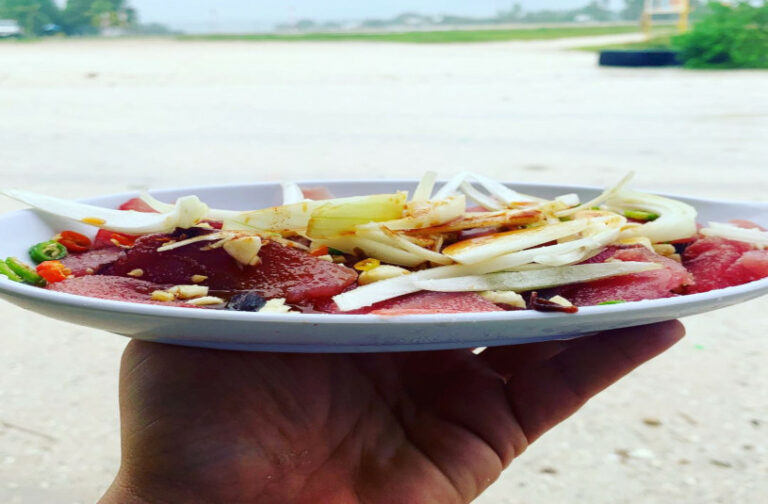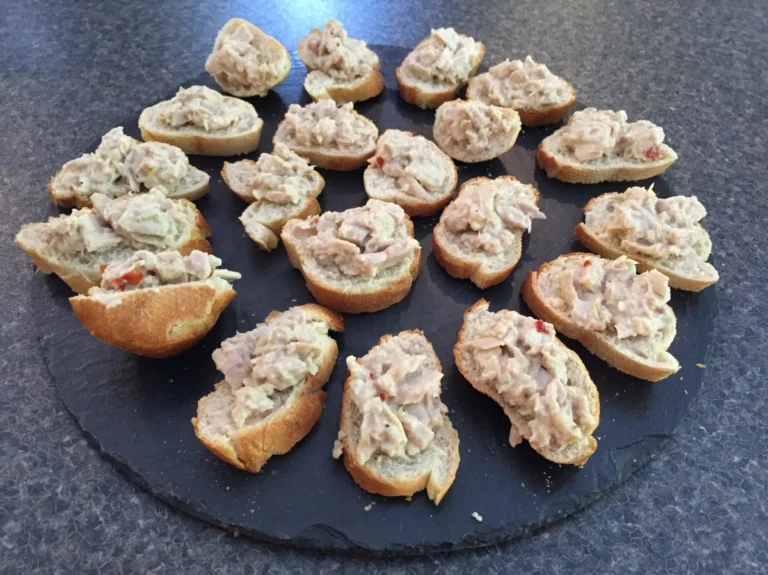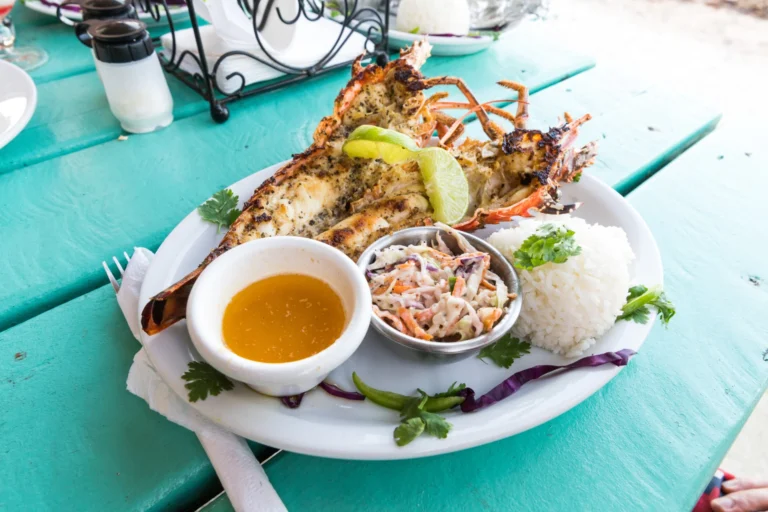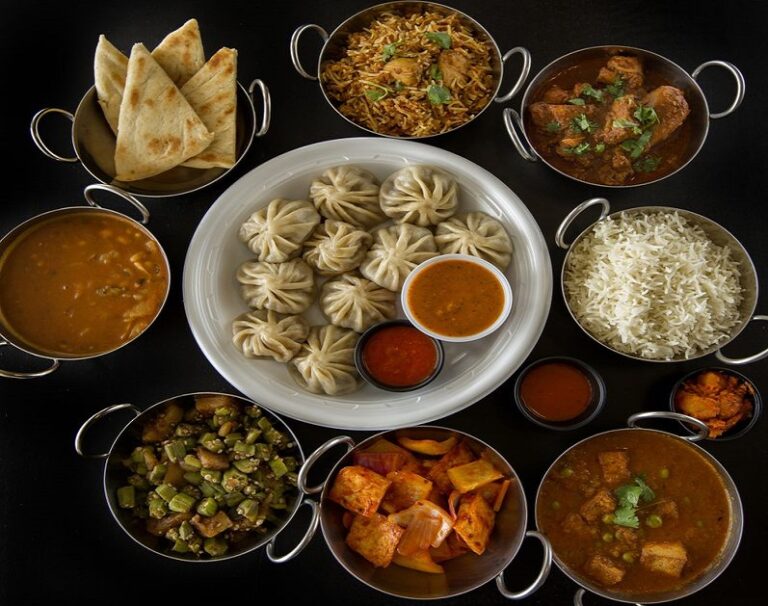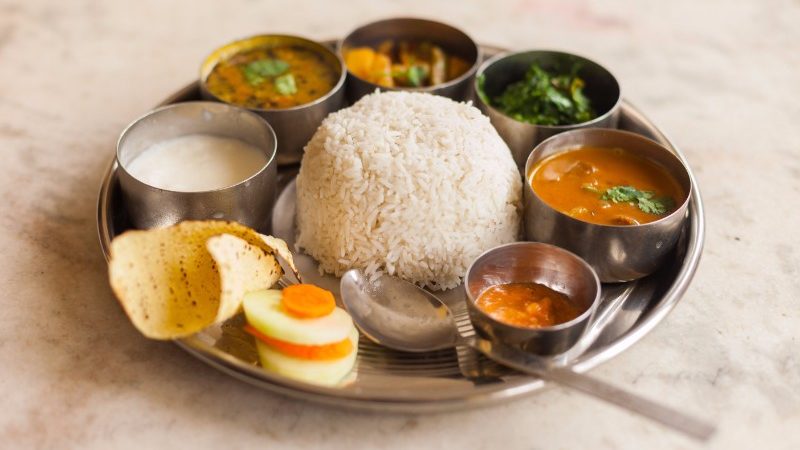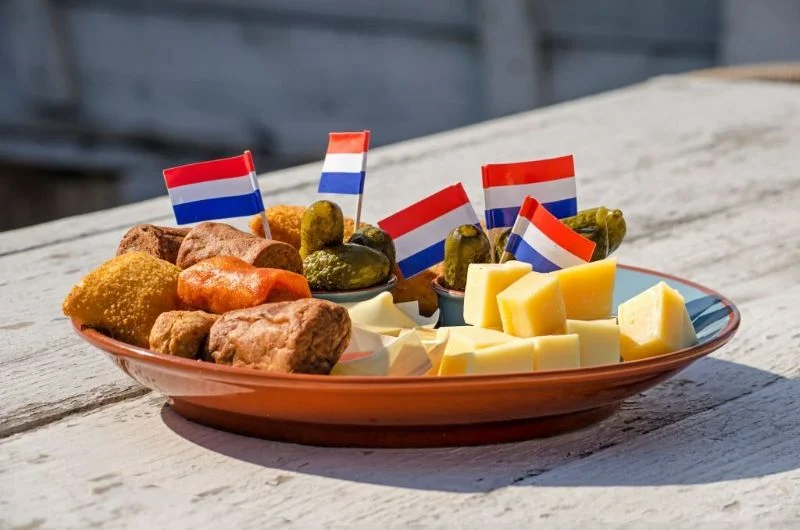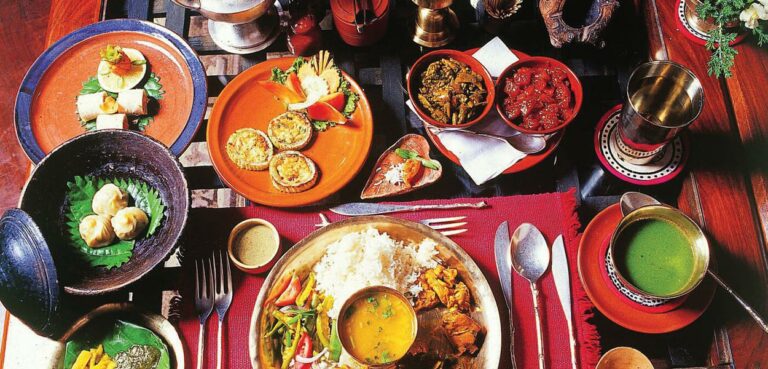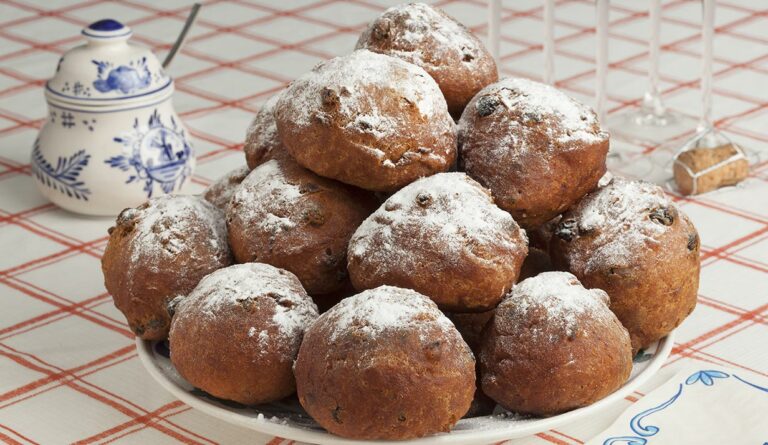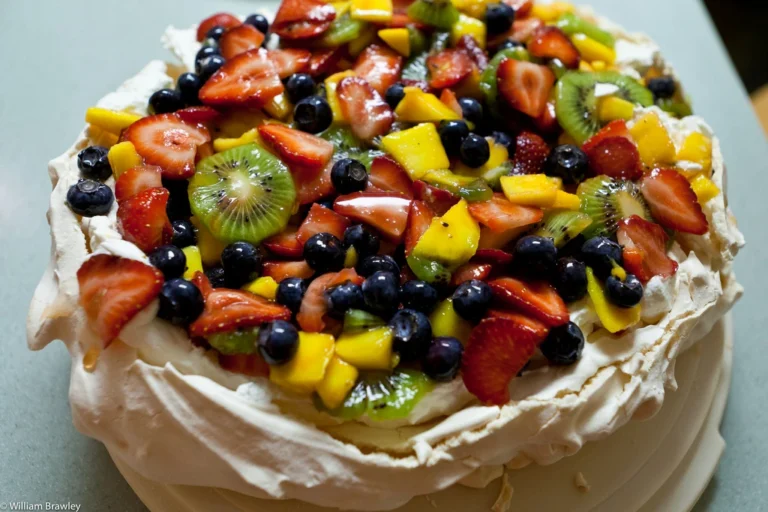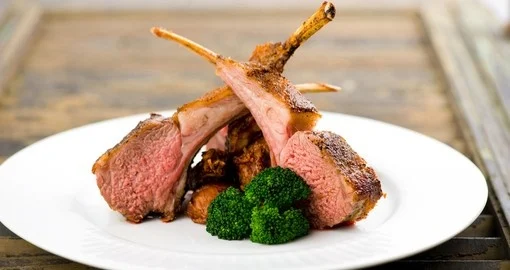Introduction: Nauru’s Food Scene
Nauru, a tiny island country located in the Pacific Ocean, has a unique food scene influenced by its geography, history, and culture. The country’s cuisine primarily consists of seafood, tropical fruits, vegetables, and locally grown staples such as taro and breadfruit. Nauru’s food culture has evolved over time due to colonization, migration, and globalization, resulting in a blend of traditional and contemporary flavors.
Historical Context of Food Markets in Nauru
Historically, food markets played a crucial role in Nauru’s economy and society. During the colonial era, British and German traders established markets on the island to exchange goods with locals, including food items. After World War II, Nauru gained independence, and its economic focus shifted to phosphate mining, leading to a decline in agriculture and food markets. However, small-scale markets continued to operate, selling fresh produce and seafood to locals and tourists.
Current State of Food Markets in Nauru
Today, Nauru has a few food markets scattered across the island, selling essentials such as fruits, vegetables, and packaged food items. The Anabar Market, located in the northern part of the island, is the largest and most popular among locals. It offers a range of fresh produce, including taro, pawpaw, bananas, and coconuts. However, due to Nauru’s limited agricultural capacity and reliance on imports, the variety of food available in local markets is limited.
Overview of Nauru’s Festivals and Food Offerings
Nauru hosts several cultural festivals throughout the year, highlighting the country’s unique traditions, food, and heritage. One such festival is the Nauru Independence Day Celebrations, observed annually on January 31st. The event features cultural performances, music, and food stalls selling traditional Nauruan dishes. Other festivals include the Nauru Arts and Culture Festival and the Nauru International Sports Festival, which also offer food stalls featuring local and international cuisine.
Analysis of the Impact of Festivals on Nauru’s Food Culture
Festivals have played a significant role in preserving and promoting Nauru’s food culture. They provide a platform for locals to showcase traditional dishes, share recipes, and pass on culinary skills to future generations. Additionally, festivals attract tourists and international visitors, exposing them to Nauru’s unique food offerings and promoting the country as a culinary destination.
Conclusion: The Future of Nauru’s Food Markets and Festivals
Nauru’s food markets and festivals have the potential to contribute significantly to the country’s cultural and economic development. As the country continues to face food insecurity and limited agricultural capacity, there is a need to explore alternative food sources and promote sustainable farming practices. Additionally, promoting Nauru’s food culture through festivals and markets can help raise awareness and appreciation for the country’s culinary heritage while also generating income and employment opportunities for locals. The future of Nauru’s food markets and festivals looks promising, provided that they are supported and sustained through appropriate policies and initiatives.

